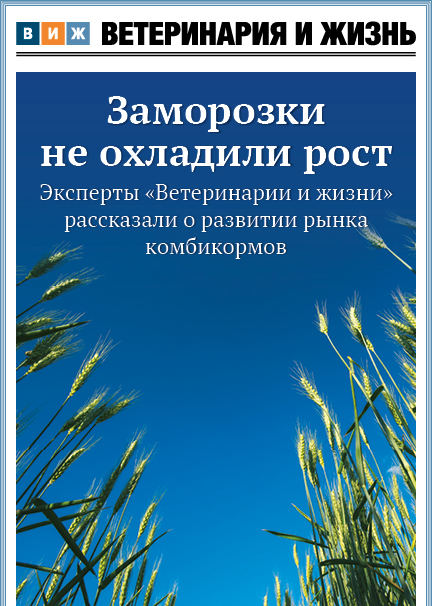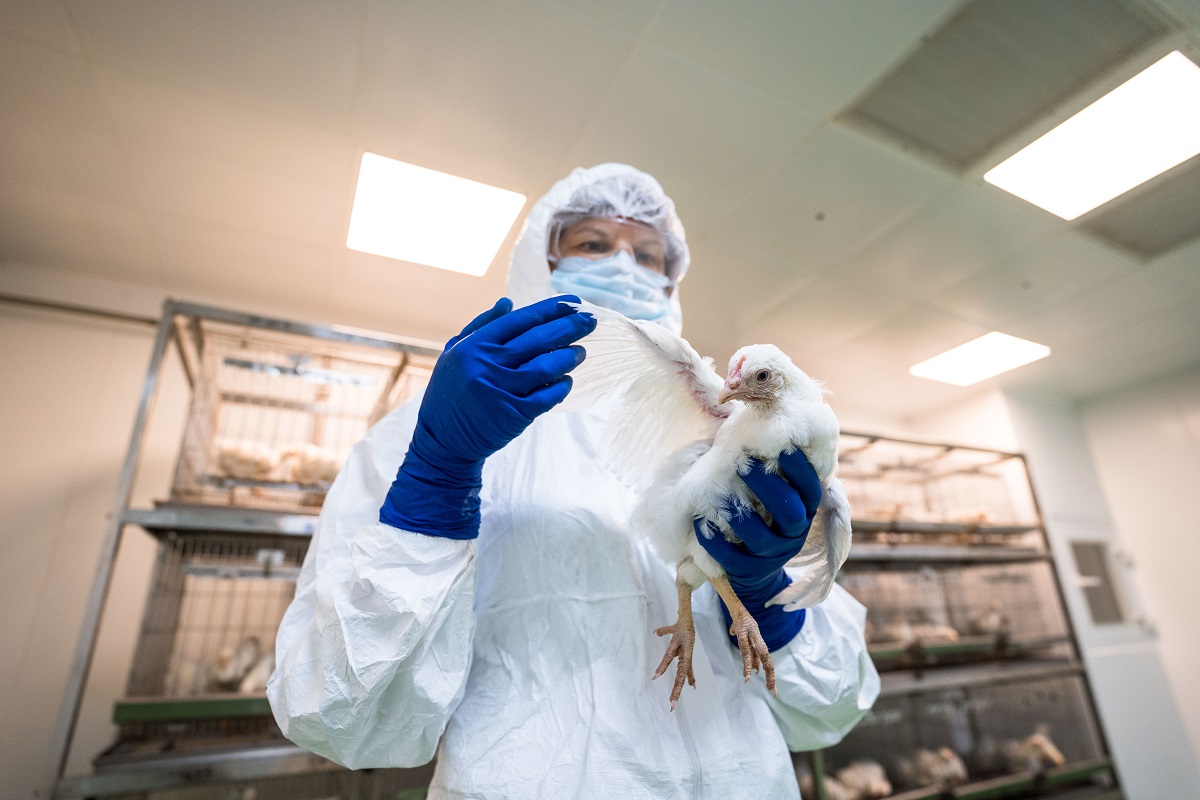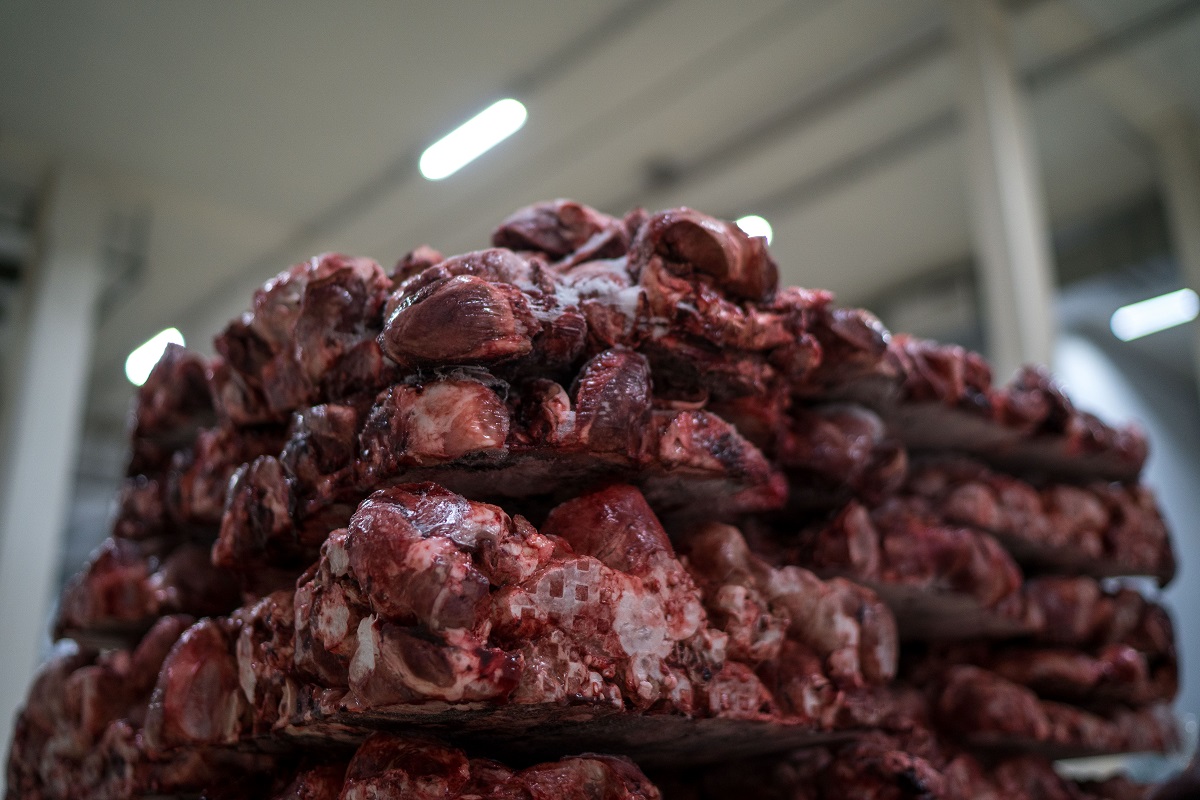“It appears that the most catastrophic epidemic of highly pathogenic avian influenza in 2021-2022, which seemed to be on the decline at the beginning of 2023, is making a comeback,” stated Nikita Lebedev, adviser to the head of Rosselkhoznadzor, as quoted by the service’s press office.
Lebedev explained that the previously dominant influenza A virus subtype H5N8 in the summer of 2021 was replaced by a more aggressive H5N1 subtype. This new variant has resulted in unprecedented deaths among wild birds and has demonstrated the capability to infect various species of mammals. By the end of 2022, over 9,000 outbreaks had been reported in 41 European countries, resulting in the loss of a staggering 69 million birds.
The number of outbreaks started to decrease in the spring of the current year, but with the onset of autumn, the disease has once again been reported both in backyard and commercial farms in Western countries, noted Nikita Lebedev.
Thus, on October 6, the first case of avian influenza in the United States since April was detected on a poultry farm in Jerold County, South Dakota, with a population of over 47,300 turkeys. In Romania, the H5N1 virus was discovered on a backyard farm in the village of Tiganesti. Two outbreaks at poultry farms with populations of 171,9000 and 395,000 birds were reported by the Bulgarian authorities. Another outbreak was also registered on a commercial farm in Mexico, in the municipality of Cajeme, Sonora. According to the local periodical Diario Veterinario, the infection was detected on a poultry farm with a population of about 90,000 laying hens.
The experts are also concerned about numerous reports of new deaths in marine mammals.
Almost 2,500 elephant seal pups were discovered dead in the coastal zone of the Chubut province in Argentina. Analysis of the collected samples revealed that the animals were killed by avian influenza. Additionally, the remains of 522 sea lions and seals were found on the coast of southern Brazil in October. Some dead animals were also discovered in Uruguay.
Scientists posit that the significant shift in the virus’s behavior and its adaptation to new species stems from a high number of mutations, which may pose challenges in terms of control and prevention.
Experts believe that the high incidence and mortality of wild and synanthropic birds signal an impending threat. In past and current years, all cases of mass deaths of wild animals in Russia have been carefully investigated, and the dead animals were promptly disposed of. This approach allowed for maintaining control over the epizootic situation. “The credit for this result should be attributed not only to veterinarians and scientists but also to the hunting community and engaged citizens who reported all suspicious cases,” stated the Rosselkhoznadzor. The service’s representatives are urging all citizens to promptly report any suspicious cases of mass disease or mortality in domestic or wild animals to the local territorial department or veterinary service.







